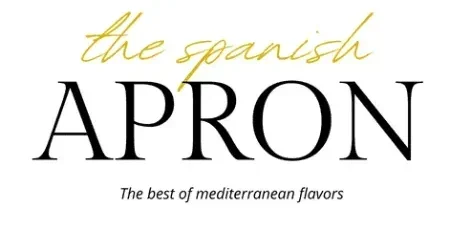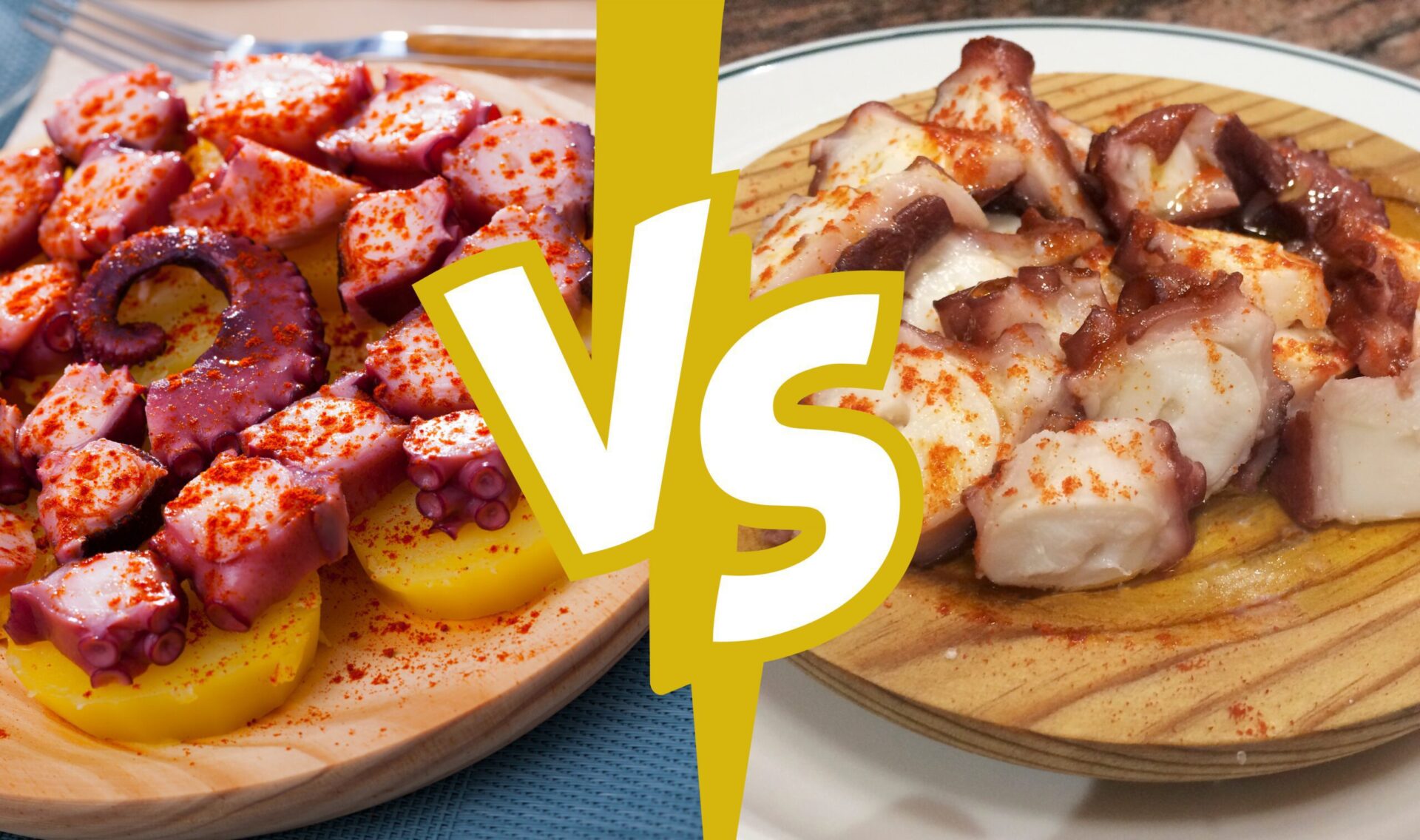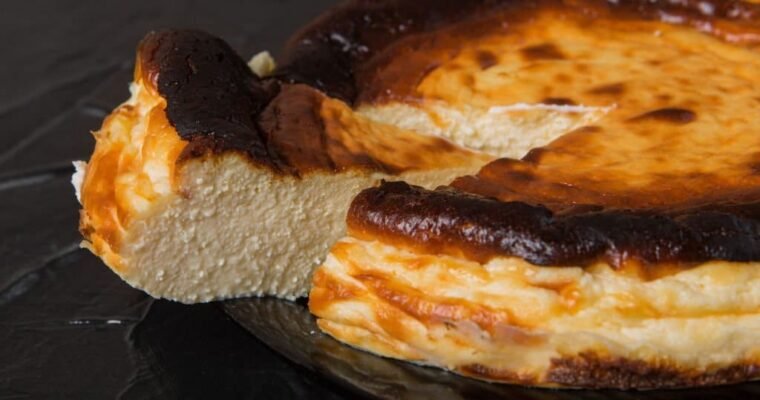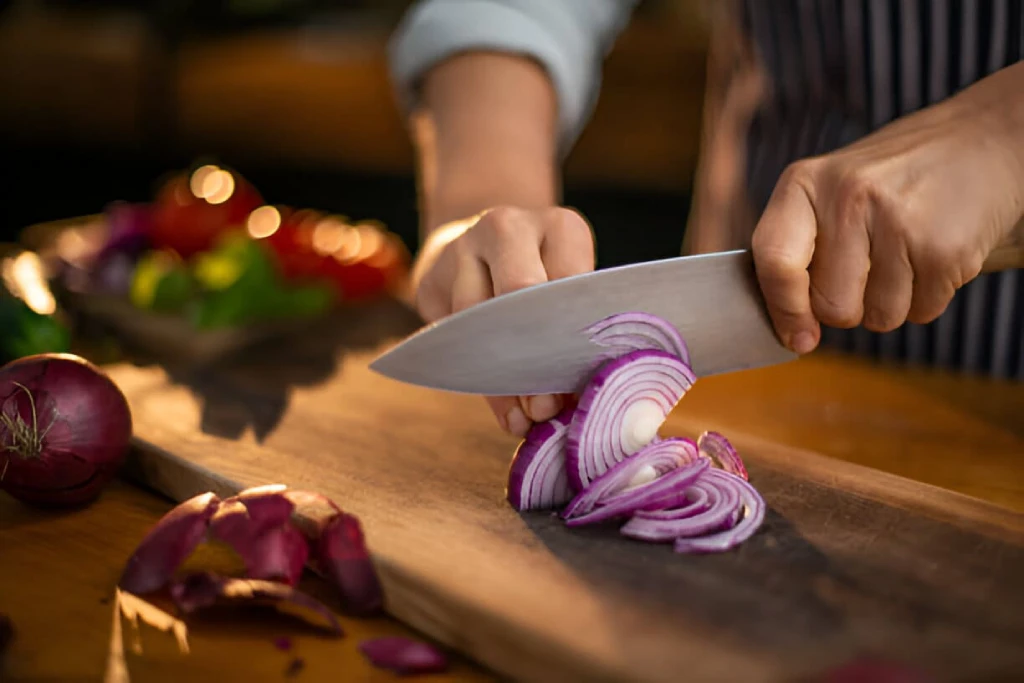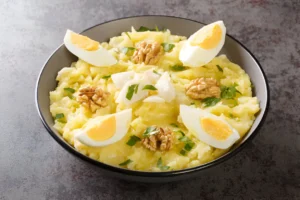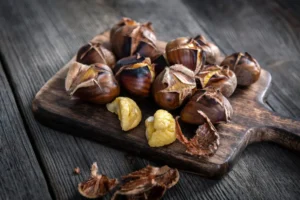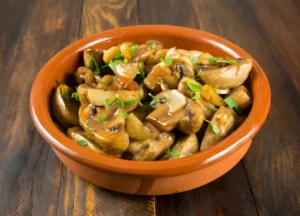In the realm of Spanish cuisine, few dishes capture the essence of Galicia quite like Pulpo a Feira and pulpo a la Gallega. These two octopus preparations have become synonymous with Galician gastronomy, yet they possess distinct characteristics that set them apart. Let’s delve into a comparison of these beloved dishes to uncover their differences and appreciate the unique flavors they offer.
Differences in Seasoning Pulpo a Feira and Pulpo a la Gallega: Contrasting Flavors that Define Each Dish
When it comes to seasoning, Pulpo a Feira takes a straightforward approach. The tender octopus pieces are drizzled with olive oil, sprinkled with salt, and topped with a generous dusting of paprika. This combination creates a savory and slightly smoky flavor profile, accentuating the natural essence of the octopus. On the other hand, Pulpo a la Gallega embraces an additional ingredient: pimentón de la Vera, smoked paprika. This pimentón infuses the dish with a distinct smoky note, elevating the flavors to new heights and giving Pulpo a la Gallega its characteristic taste.
Presentation: Rustic Simplicity vs. Elaborate Layering
The presentation of these dishes also sets them apart. Pulpo a Feira is known for its rustic simplicity. The tender octopus pieces are traditionally arranged in a circular pattern on a wooden plate or board. A drizzle of olive oil adds a glossy sheen, while a generous sprinkle of paprika provides a vibrant burst of color. The focus is on showcasing the octopus itself. In contrast, Pulpo a la Gallega takes a more elaborate approach. Alongside the octopus, boiled potatoes come into play. Thinly sliced boiled potatoes are placed atop the octopus, creating a visually appealing layering effect. The potatoes add a contrasting texture and earthy flavor, enhancing the overall dining experience.
Cooking Time for Pulpo a Feira and Pulpo a la Gallega: Balancing Tenderness and Texture
While both dishes involve cooking octopus, the cooking times slightly differ. Pulpo a Feira typically requires a longer cooking time, ranging from 40 minutes to an hour, to achieve the desired tenderness. This slow-cooking method ensures that the octopus becomes succulent and easy to savor. On the other hand, Pulpo a la Gallega calls for a slightly shorter cooking time, usually around 20 to 30 minutes. This shorter cooking duration preserves the delicate texture of the octopus, ensuring it remains tender without becoming overly chewy.
Variations and Regional Influences: Unveiling Galicia’s Culinary Diversity
Within Galicia itself, variations of these dishes can be found, reflecting regional diversity and culinary preferences. Pulpo a Feira, for instance, can vary in seasoning quantities or the level of spiciness in the paprika. Some variations may even incorporate additional ingredients such as garlic or parsley. Similarly, Pulpo a la Gallega may see variations in the thickness and preparation of the potatoes, as well as the type of pimentón de la Vera used. These subtle variations add personal touches and regional nuances to the dishes, making each rendition a unique culinary experience.
In summary, Pulpo a Feira and Pulpo a la Gallega, while sharing similarities with iconic Galician octopus dishes, differentiate themselves through seasoning, presentation, and cooking time. Pulpo a Feira relies on a simple yet flavorful combination of olive oil, salt, and paprika, allowing the octopus to take center stage. Pulpo a la Gallega, with its smoky paprika seasoning and accompanying boiled potatoes, offers a more complex and visually captivating presentation. Exploring these distinct preparations allows us to appreciate the culinary diversity of Galicia and savor the intricate flavors that make these dishes true delights in Spanish cuisine.
